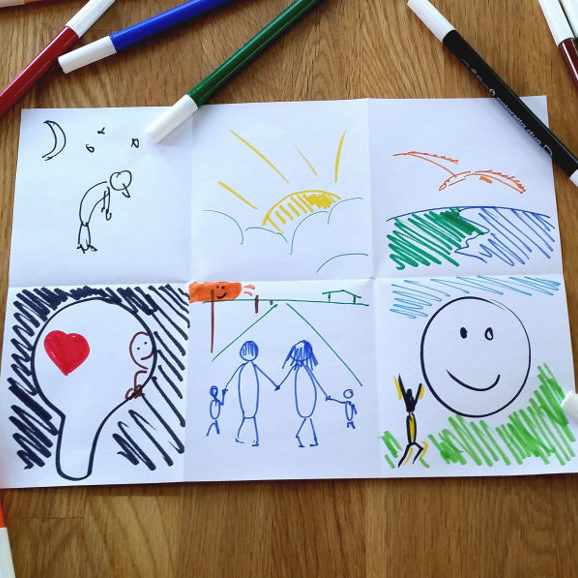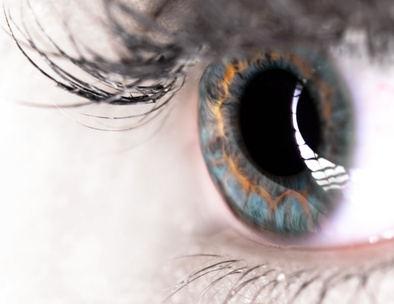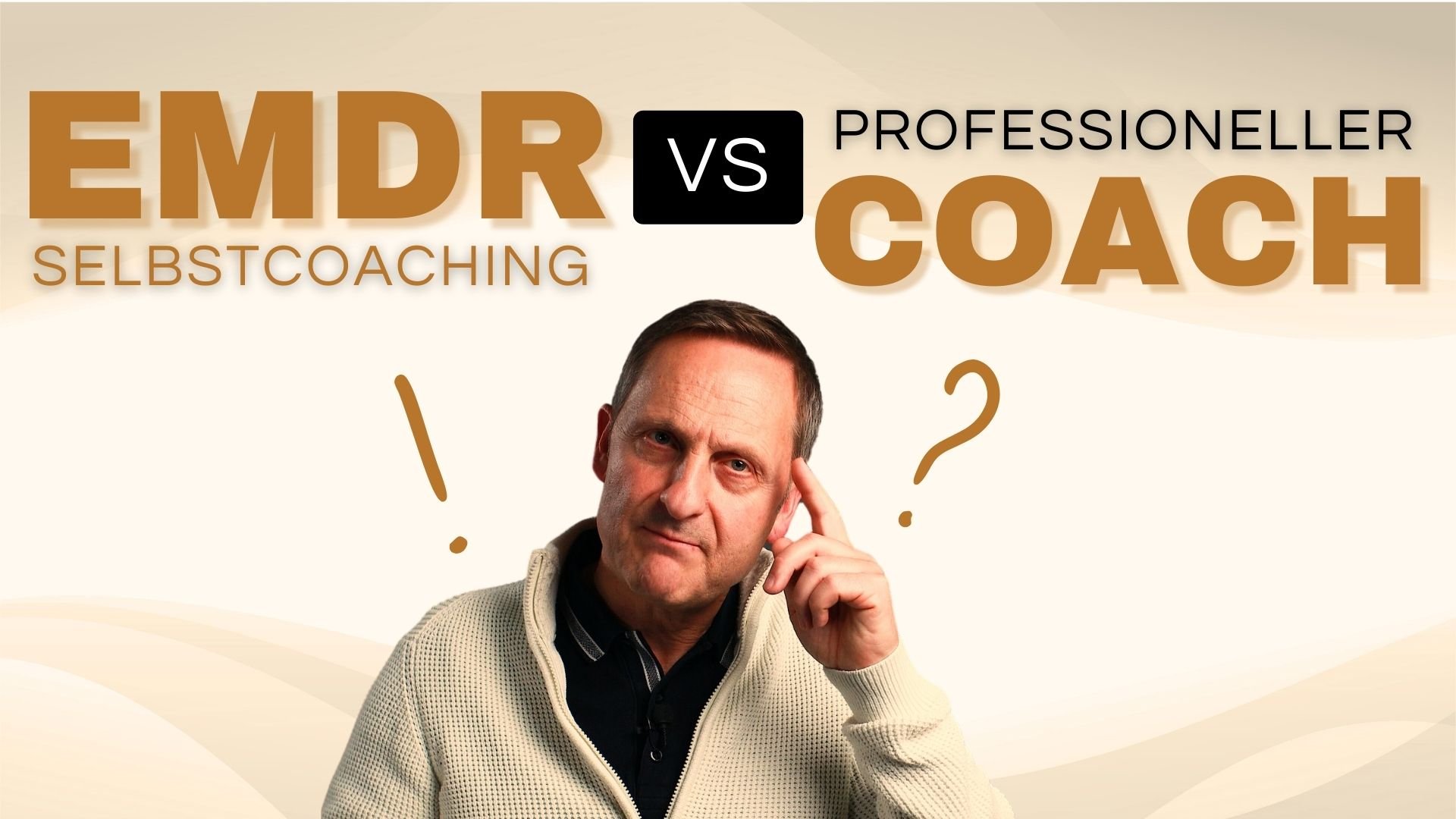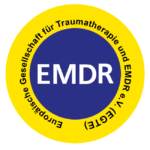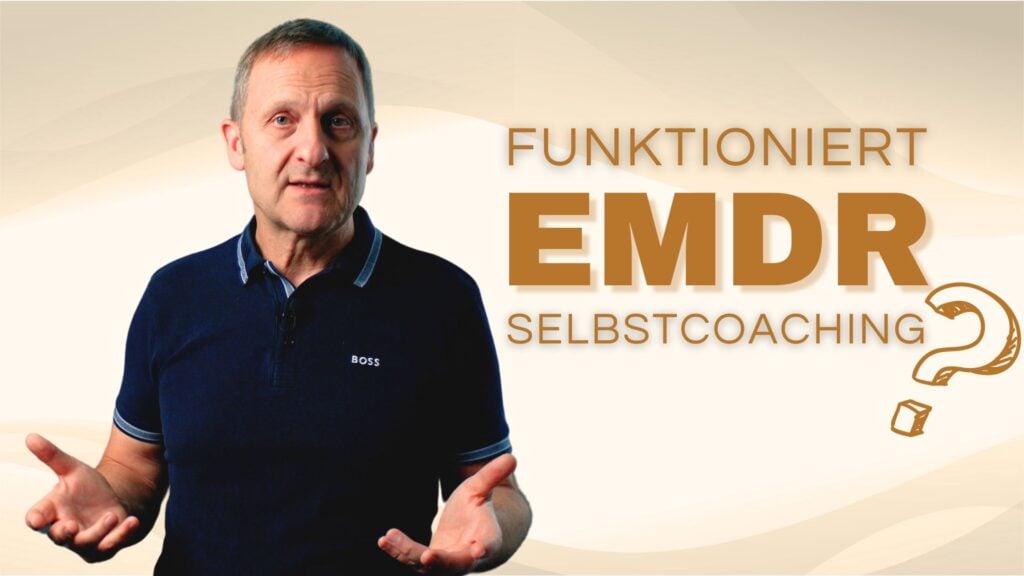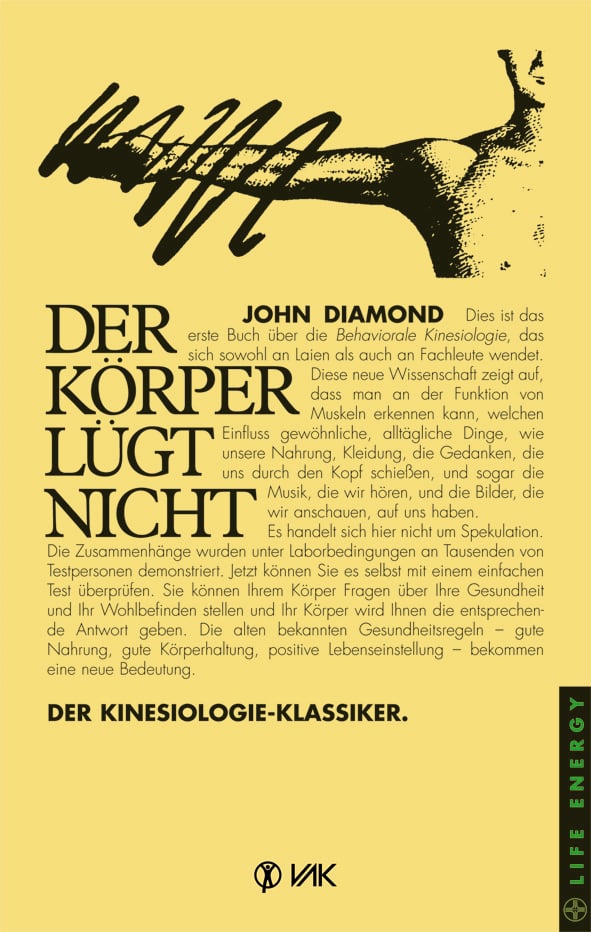How we use EMDR in ultra-short term self-coaching to prepare for a restful night’s sleep

I am lying in my bed; I have gone to sleep. It was a long and eventful day: 2 coaching sessions, 1 therapy session with a new client over 2 hours with a moving topic. This was followed by a 1:1 intensive workshop in the afternoon. After that I wanted to pick up my car from the workshop. In vain, it was not finished due to an unexpected need for major repairs. Crap! Anger rises up in me again. No car and higher costs than expected and less time, because I had to go home by public transport and back to the practice tomorrow. I have to postpone errands, which I wanted to do today or tomorrow morning, or convince my dear wife to take over some of them. Fortunately, she is already fast asleep. So I am no longer tempted to discuss said errand orders now, and I put my EMDR glasses on my nose.
I am often asked in my workshops, lectures and coaching sessions, as well as in emails, whether it is necessary to always follow the 6 steps of EMDR self-coaching in order to work with the EMDR goggles REMSTIM 3000. I always answer: no, not always! It depends.
The 6 steps are very helpful for clearly defined topics, concise involving situations and especially emotionally stressful memories, so that we can fully grasp the relevant experience cognitively, emotionally and physically in the best possible way, in order to be able to initiate the rapid eye movements immediately with the EMDR glasses (step 4 of the EMDR self-coaching process), in most cases several times in succession until the best possible result is achieved.
I also use the REMSTIM 3000 regularly to prepare myself for a good night’s sleep. As soon as I lie in bed, and just before I close my eyes. In doing so, refrain from strict adherence to the 6 steps. Rather, I simply put on the EMDR goggles, enjoy the blackout that occurs when I put them on, and start an application.
Take what is offered to us: that can also be nothing!
 I’m reviewing today. I think of my haste in the morning; my second coaching session and subsequent therapy session and how the issue was very close to me. I feel some sadness, a normal reaction of compassion.
I’m reviewing today. I think of my haste in the morning; my second coaching session and subsequent therapy session and how the issue was very close to me. I feel some sadness, a normal reaction of compassion.
I start the glasses for the first time that late evening. The setting of my last application is of course stored (as usual with the device): penultimate deflection, highest speed. My eyes follow the light pulse in rapid back-and-forth for 30 seconds. End. I take a deep breath. My sadness gives way to the joy of once again being able to help a person in a particularly challenging life situation. I take the feeling and go on with it and start the glasses again. With the first impulse, the memory of today’s 1:1 workshop comes into focus and disappears again immediately. There is obviously nothing to interpret about it. My state of mind is stable. The signal ends. I take a deep breath. I am almost about to take the EMDR device off my nose when I see myself in the car repair shop; annoyed and yet friendly towards the workshop master. It’s not his fault, is it? I don’t like the balancing act of offering a false image of my state of mind to the outside world. I start the glasses while consciously breathing calmly and regularly. After 30 seconds, I am noticeably proud. Because I know the balancing act was useful, because it’s usually helpful to not immediately and immediately communicate your unfiltered feelings to your arbitrary environment. A little time and distance, bridged with a facial mask of astonishment and helplessness, often provide me with the necessary respite to adjust to my interlocutor and choose the right strategy. That’s how I think now. But, my body memory still signals a faint sense of defeat. I feel something in the stomach area, very subtle. Why? I don’t know; it’s not important. I take it and go on with it. I press the start button of the glasses 2 more times, then there is peace in my stomach. All of a sudden I am happy that the workshop has worked so thoroughly and found the fault on the car. Thus, it will therefore not be unexpected. I yawn extensively and feel a great tiredness come over me.
I put my glasses on the nightstand and close my eyes. Good night!
Especially for the small and smallest issues of everyday life that regularly “pinch” us and rumble inside us even at nighttime, I recommend the use of the EMDR goggles REMSTIM 3000 immediately before bedtime, i.e. when we are already in bed. But even if nothing else is consciously on our mind: we prepare our brain for a quiet night by reducing inner (unconscious) conflicts and calming emotional memories or simply sorting out what we have experienced during the day. A restful night afterwards, falling asleep quickly and sleeping well through, with numerous REM phases just feels good. We feel like newborn in the morning!
 At the same time, when we pause for a moment, we sharpen our focus on our own sore spots, which often show up in the recurring inanities of everyday life. Trifles, which nevertheless bother us, although we should not really care about them because of their “triviality”. But they are obviously not. This is where wonderful themes emerge for our regular EMDR self-coaching sessions or even guided coaching sessions with a coach, where we can then consciously address these particular issues.
At the same time, when we pause for a moment, we sharpen our focus on our own sore spots, which often show up in the recurring inanities of everyday life. Trifles, which nevertheless bother us, although we should not really care about them because of their “triviality”. But they are obviously not. This is where wonderful themes emerge for our regular EMDR self-coaching sessions or even guided coaching sessions with a coach, where we can then consciously address these particular issues.
My recommendation: Brush your teeth every night before going to bed, and with the help of the EMDR glasses REMSTIM 3000 before closing your eyes, get a pleasant mental and emotional calmness as well as the necessary “heaviness for bed”.
Ultra Short Term Self Coaching (EMDR) Guide.
EMDR in ultra-short term self-coaching.
Ultra-short-term self-coaching may or may not take place just before you close your eyes. Any other moment that offers some peace is an opportunity.
Just lie down or sit down, put on your glasses and go. Whether or not you think of anything beforehand is not important in ultra-short term self-coaching. Just let the EMDR intervention work in the form of visual bilateral hemispheric stimulation. Start the EMDR goggles REMSTIM 3000 3-4 times in a row as needed and observe what is going on inside you. More calm and serenity usually sets in after this short time. Just see what happens. After a short break, if you feel like it, you can do another 3-4 sets with the glasses. That should be enough!






